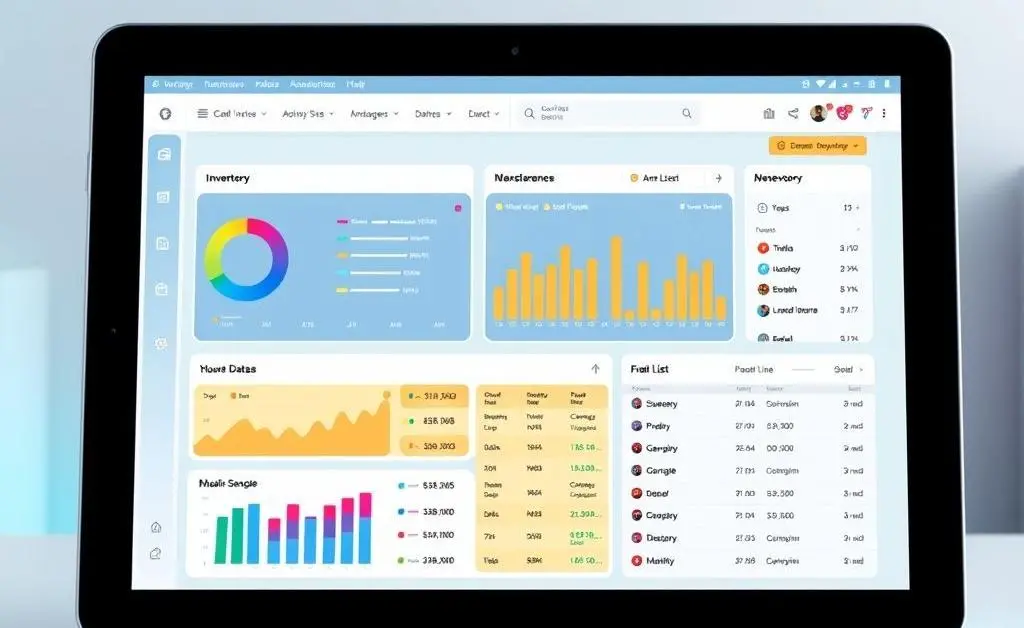Navigating Inventory Accounting: A Guide for the Everyday Business Owner
Discover practical tips on mastering inventory accounting without the headache.

Ah, inventory accounting—the necessary evil for every business owner who's ever stocked a shelf or filled a warehouse. Trust me, I've been there too, staring at endless rows of products and wondering how on earth I would keep track of it all. If you're nodding along, you're in the right place.
Why Understanding Inventory Accounting Matters
First and foremost, let’s talk about why this is important. Inventory is often one of the largest assets a business will deal with, and mismanaging it can lead to financial disasters. Accurate inventory accounting helps you keep track of stock, manage cash flow effectively, and even strategize for future growth. It’s not just number crunching—it’s about making informed decisions for your business.

The Basics: Methods of Inventory Valuation
If you’re just diving in, you might feel overwhelmed by terms like FIFO, LIFO, and Weighted Average. These aren't mythical creatures—just different strategies for inventory valuation.
- FIFO (First-In, First-Out): The first items you acquire are the first ones to sell. This is great for businesses where goods have a shelf life.
- LIFO (Last-In, First-Out): The most recently acquired inventory gets sold first. While not common globally, it can be useful for managing products with flexible pricing.
- Weighted Average: Each item is assigned an average cost. This approach smooths out the price variations of goods acquired at different points in time.

Choosing the Right Method for Your Business
Each method has its pros and cons, and what works for one business might not fit yours. Consider talking to an accounting professional to figure out what's best based on your specific inventory and market conditions. Sometimes just a small tweak can make a significant difference.
Implementing Inventory Management Tools
In this digital age, the right inventory management software can be your best friend. There are various tools tailored for business of all sizes, designed to help track, analyze, and optimize inventory in real time.
Research your options, and look for tools that can integrate seamlessly with your existing systems. This will help reduce manual errors and save valuable time.

Conclusion: Make Inventory Your Ally
Inventory accounting doesn’t have to be a chore. With the right approach and tools, it can become your ally in growing your business. Start by understanding the basics, choose the valuation method that suits your needs, and leverage technology to keep things organized. What's your biggest inventory challenge? Let me know in the comments, and maybe we can conquer this together!




